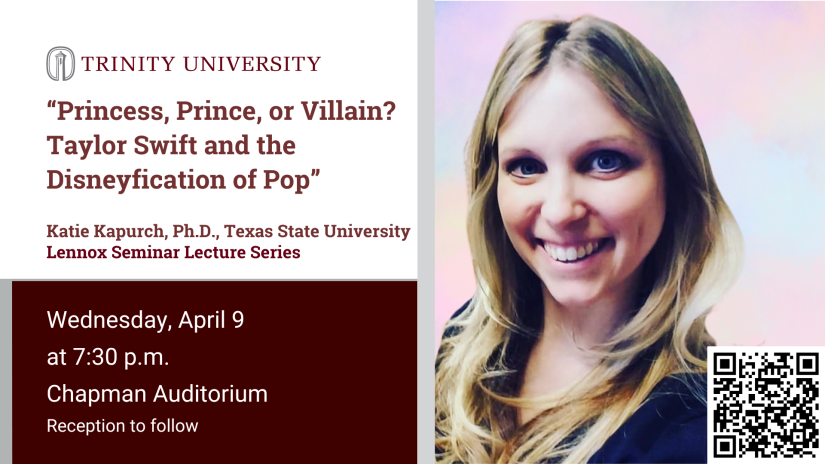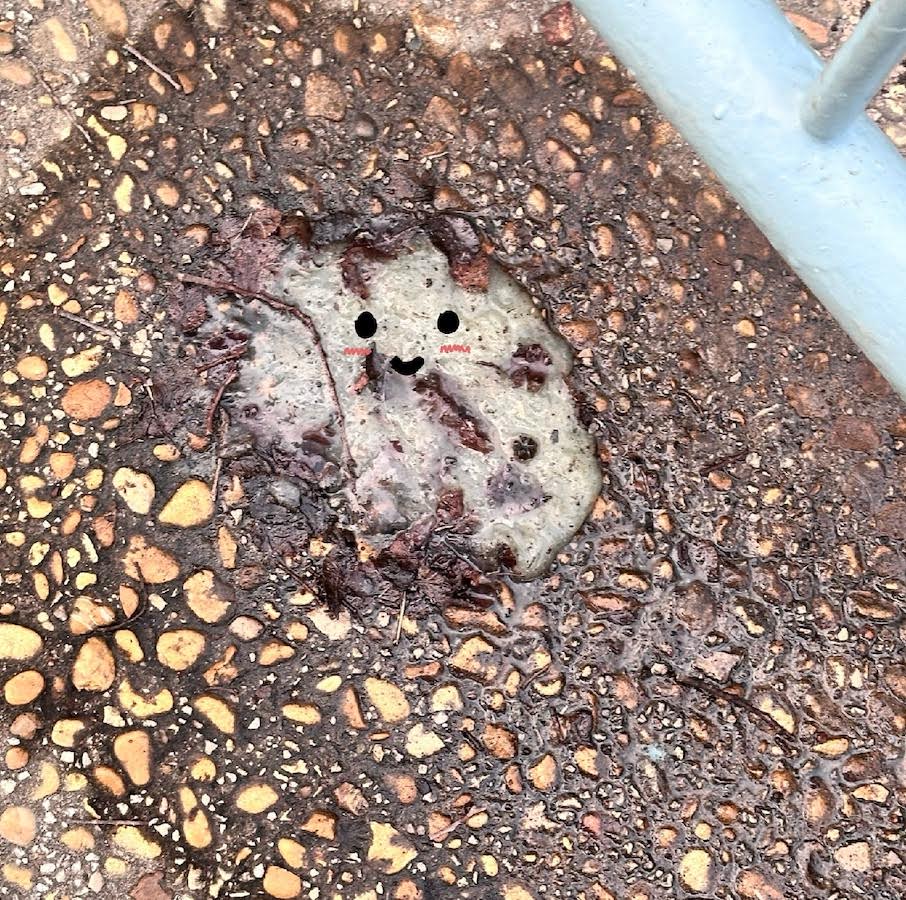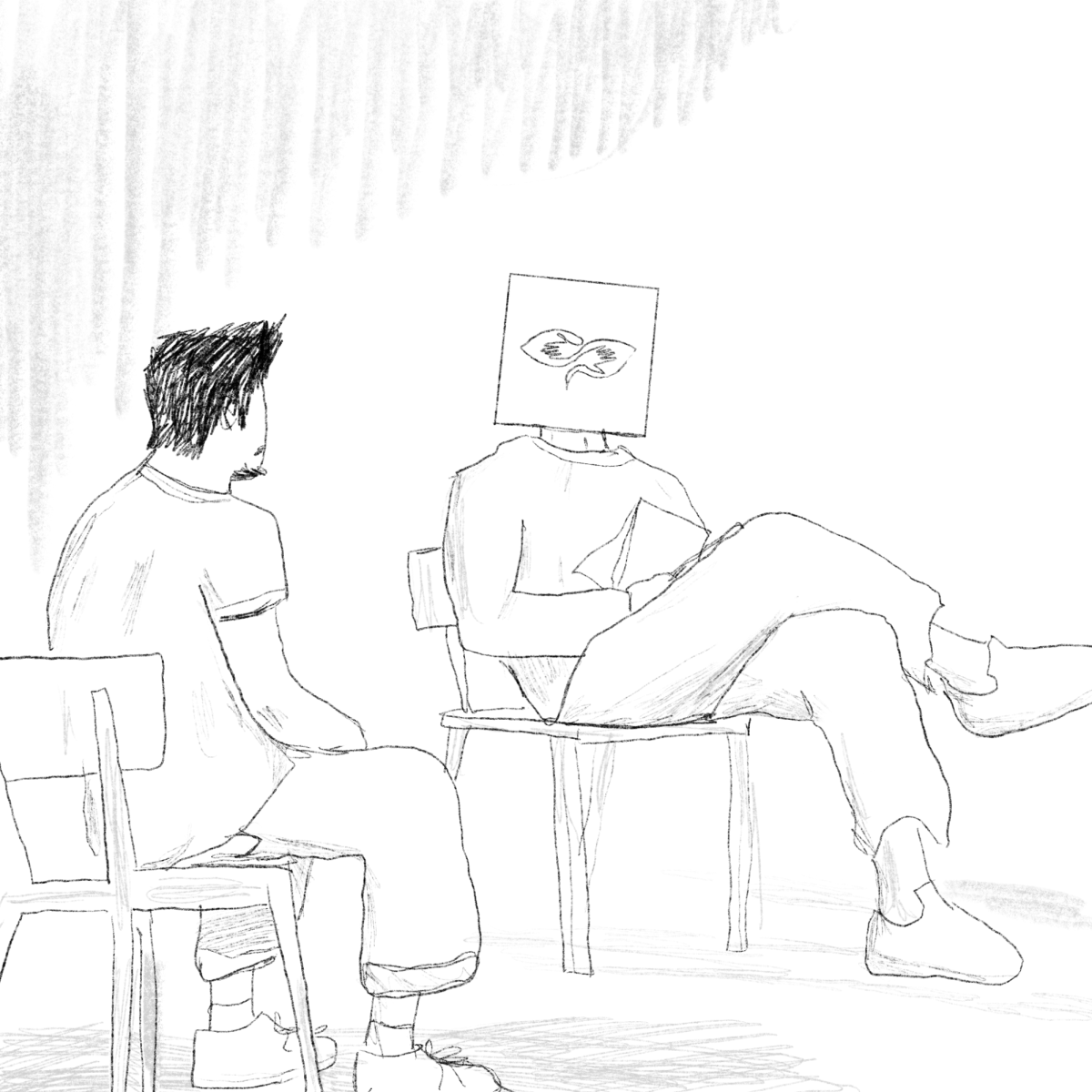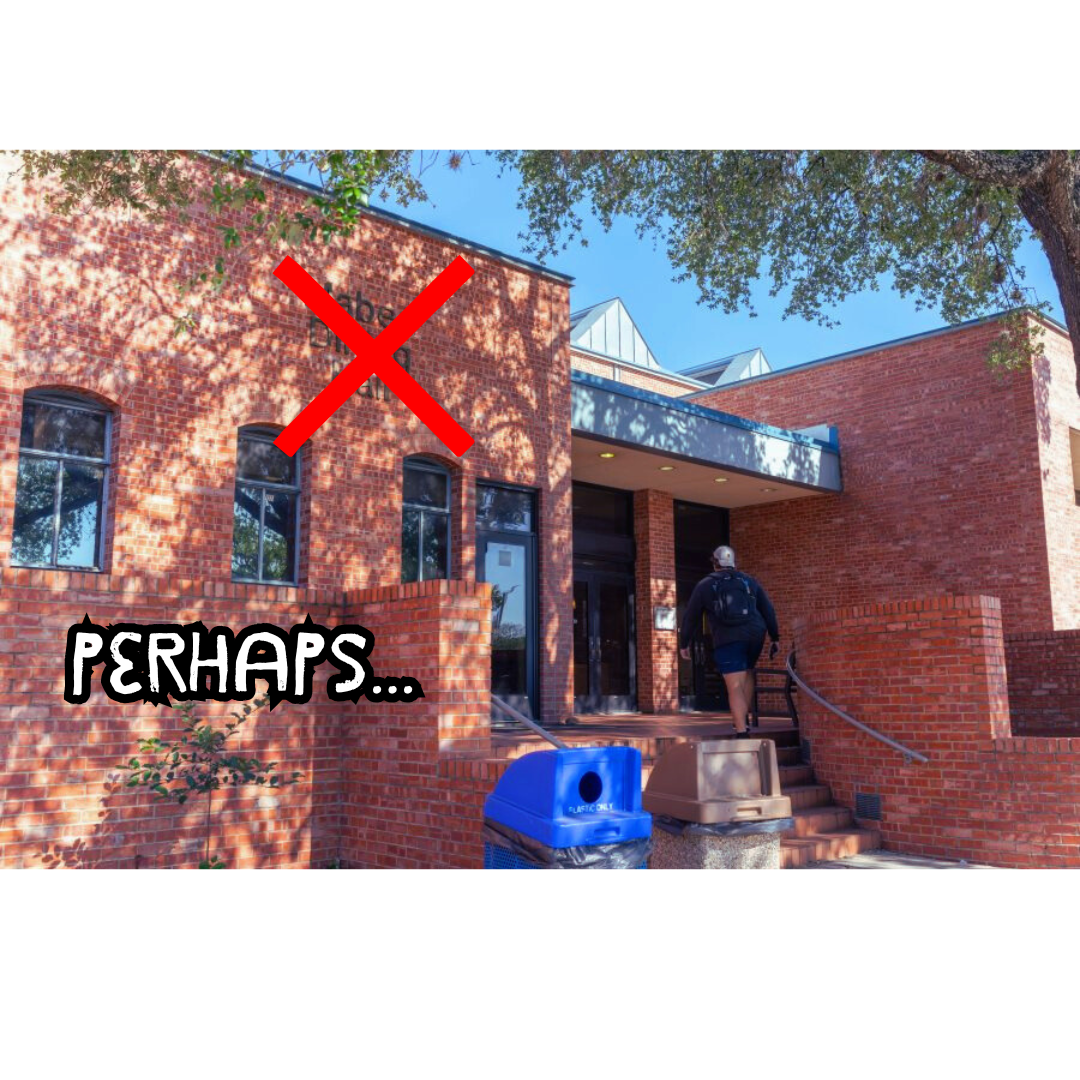Vespers, which can be traced back into the 20th century, is the oldest tradition in Trinity University’s history. Its name translates to “evening” in Latin because it is a worship service that is typically held in the evening. By canon Roman law, it is the sixth of the seven daily prayer times during the holidays. It is a celebration of the nativity and tells the story through scripture. Today, it is typically celebrated through music and prayer, as it will be at 6 p.m. on Sunday, Dec. 2, in Margarite B. Chapel.
“It contributes to a general sense of school spirit around that time of year because it is such a big event,” said David Heller, professor of music and chair of the music department. “It’s something that is both spiritual and musical.”
The celebration maintains a potent presence on campus and in the community, as it attracts nearly 1,000 worshipers into the chapel.
“We never fill the chapel except for in this service, and there is power in that community of people,” said Stephen Nickle, university chaplain.
While the power of the community feeling may bring people into the chapel, the service is primarily religious. It features Christian doctrine and teachings.
“It’s a celebration of the Christmas narrative ““ it tells the story of Christmas with segments of the actual scripture, which is reflected through the singing of carols,” Heller said.
The event has not always been so popular or important around campus. It was held in various campus buildings until the Parker Chapel was built in 1967. This is also the time when the event attracted more of a social following in areas around San Antonio.
“It’s also one of our biggest outreaches into the community,” Heller said. “It’s not just a Trinity event, but a community event as well.”
The music at the service will include compositions from Brian Bondari, assistant professor of music and composition. There will also be many familiar holiday tunes, including “What Child is This,” “The First Noel” and “O Come All Ye Faithful.”
“Music is enormously evocative, and some of the carols we sing hail back to people’s experiences of worship and carols they’ve heard. It helps shift from academic space into holy space,” Nickle said. “It is an important touchstone for Christian college students, but, for people who aren’t religious, it’s a glimpse into Christian practice. It can be a memory of communities and families gathering.”
After the service, students, faculty and the community are invited to Oakmont to tour the open houses of important campus figures, who have decorated their homes in the spirit of the holidays.
This tradition was started by Trinity’s President James W. Laurie, who presided at Trinity from 1951 to 1970. He began allowing students to visit his house, 139 Oakmont, in the 1950s, but did not associate it with any religious service. Since then, it has become an ingrained part of Trinity’s Christmas celebration every year.
“It’s a very strong tradition, and I believe that there is symbolism in faculty opening up their homes to students,” said David Tuttle, associate vice president for student affairs and dean of students. “Here, we are a community.”
At the event, students can expect the traditional tamale dish from Charles White, vice president of information resources, which he claims are “the best on Oakmont.”
At President Ahlburg’s home, he and his wife, Penelope Harley, have decided to simplify their decorations in remembrance of the true meaning of Christmas.
They will have decorations made out of hand-carved olivewood, which they brought back from their trip to Bethlehem. There will be many Nativity scenes, one of which they collected from Tonola, Jalisco, Mexico, another from Bethlehem and one made by President Ahlburg himself. Because of her English roots, Harley will be having the choir of King’s College, Cambridge singing, and wine and mince pies will be served.
“It’s not only a part of the chapel, but it’s a an important part of our outreach into the San Antonio community,” Heller said.







